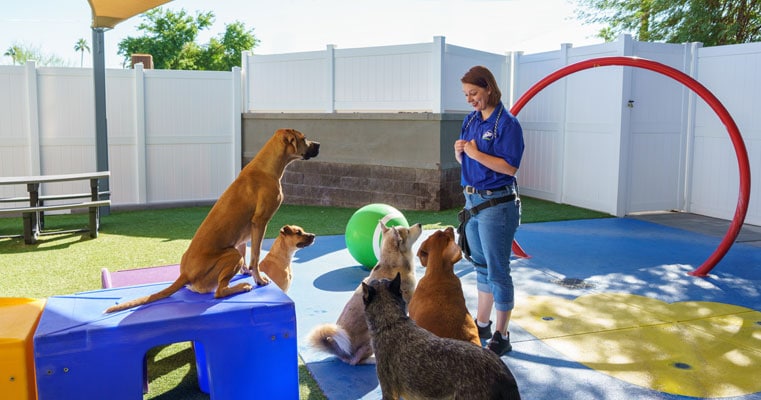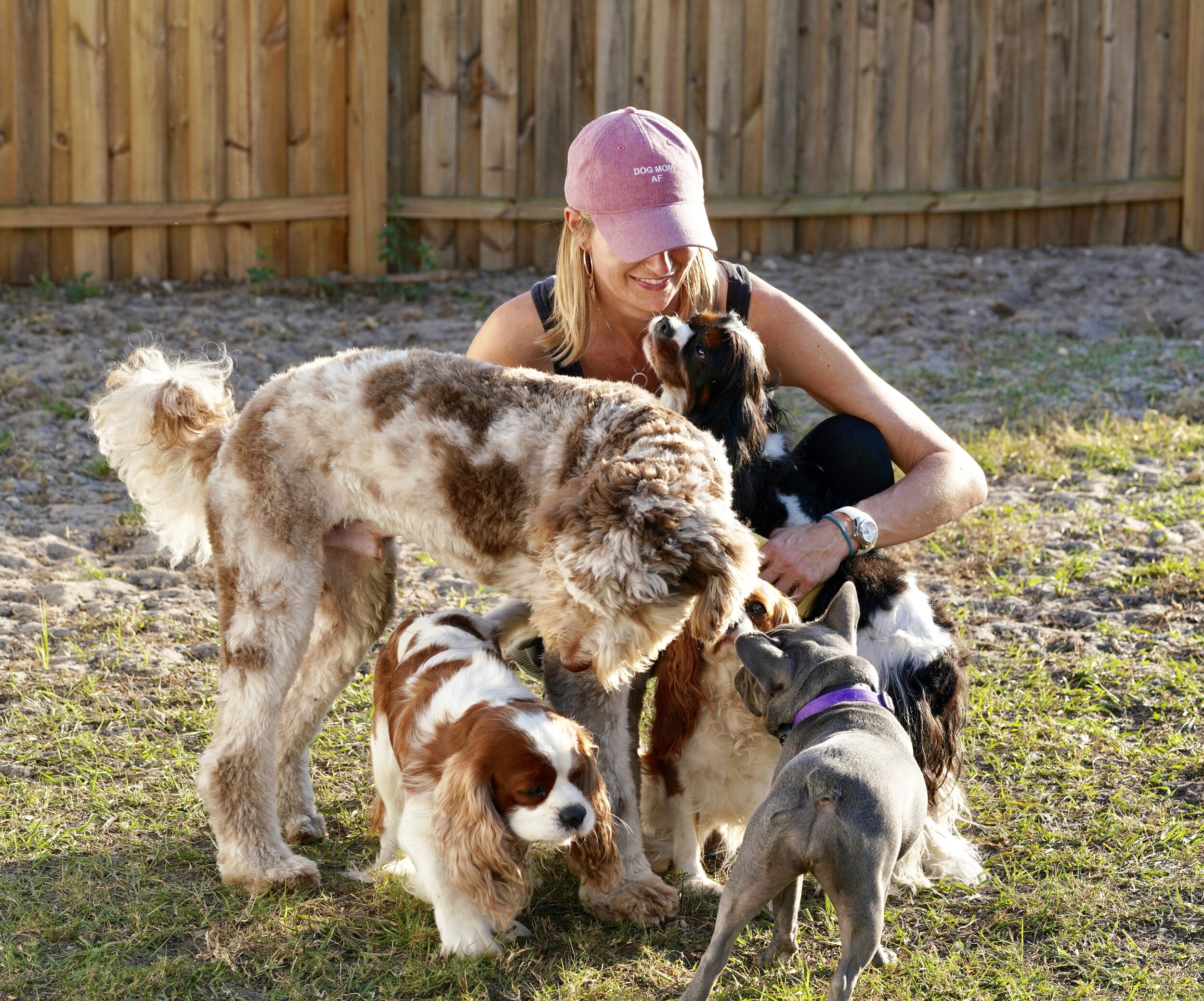Newbie's Overview to Successful Pet Dog Training at Home
Successfully educating a dog at home requires a nuanced understanding of canine behavior and effective communication strategies. Establishing clear training goals, making use of high-grade incentives, and maintaining uniformity across household participants are crucial elements. Integrating training into daily routines can improve both involvement and retention.
Comprehending Canine Habits
Recognizing dog habits is essential for efficient training and cultivating an unified relationship in between humans and their canine buddies. Pets interact largely through body movement, articulations, and faces, making it essential for proprietors to translate these signals precisely. Recognizing actions such as tail wagging, roaring, or cowering can offer understandings right into a canine's emotion and purposes.

Usual behavioral concerns, such as hostility, anxiety, or extreme barking, commonly stem from misunderstandings or unmet needs. Observing and resolving these problems immediately can prevent acceleration and make certain a positive training experience. By promoting a deep understanding of pet habits, owners can tailor their training techniques to match their canine companions, ultimately leading to a mannerly and pleased pet.
Crucial Educating Tools
A well-appointed training space can considerably boost the performance of pet training in your home. Necessary training devices guarantee that both the dog and the trainer can participate in efficient sessions that cultivate learning and bonding.

Buying a strong chain and a comfortable, well-fitting collar or harness is important for safety and control. These tools assist develop borders and ensure the dog remains safe during training. Furthermore, an assigned training area, devoid of disturbances, help focus for both the trainer and the canine.
Educating aids such as training pads, cones, or agility devices can likewise enhance the experience by presenting selection and challenges. Having a note pad or electronic app for tracking progression can be important, permitting you to keep in mind successes and locations for renovation. Using these essential tools will develop a positive training environment and lay the foundation for reliable learning.
Producing an Educating Routine
Developing a consistent training regimen is important for efficient canine training in the house. A well-structured routine not just helps in reinforcing desired behaviors however additionally offers your pet with a complacency and predictability. To produce a reliable training routine, begin by identifying particular training goals, such as standard commands, leash walking, or housebreaking.
Select a designated time every day for training sessions, ideally when your pet is alert and responsive. Procedure should be short, around 5 to 15 minutes, to maintain emphasis and prevent tiredness. Uniformity in timing and environment will improve your canine's knowing experience.
Incorporate training into daily activities to enhance abilities. For instance, technique commands during strolls or mealtime, which incorporates finding out into natural routines. Additionally, remain versatile and readjust the routine as needed, fitting your pet's energy levels and mood.
Positive Reinforcement Strategies
Positive support methods are fundamental to reliable dog training, promoting wanted actions with incentives rather than penalty. This approach utilizes positive stimulations, such as deals with, appreciation, or play, to encourage dogs to repeat certain activities. The foundation of this approach is timing; rewards should be provided promptly following the desired actions to develop a clear organization.
When executing favorable support, it is vital to choose incentives that are inspiring Related Site for your pet. High-value deals with, such as little items of chicken or cheese, can be particularly reliable during training sessions. Furthermore, differing the incentives can preserve your canine's passion and excitement.
Start with straightforward commands, like "rest" or "remain," and slowly progress to extra complex jobs. Consistency is vital; make certain that all member of the family make use of the very same commands and incentive systems to stay clear of complication.
Additionally, it is important to continue to be person and avoid stress. Canines, like human beings, find out at their own pace. By fostering an encouraging training atmosphere with favorable reinforcement, you can boost your canine's knowing experience while strengthening the bond in between you and your furry companion, preparing for successful training end results.
Common Training Challenges
While training a pet dog in your home can be a gratifying experience, it frequently features a set of typical challenges that can check both perseverance and consistency. One common concern is disturbance. Pets might end up being quickly sidetracked by noises, motions, or even fragrances in their atmosphere, making it challenging to maintain their focus throughout training sessions.
Another obstacle is incongruity in commands and support. If member of the family use different hints or incentives, it can hinder and perplex the pet dog progress. Developing a unified strategy is important for efficient communication.
Furthermore, dogs can experience stress or anxiety, specifically if they do not comprehend what is expected of them. This can lead to unfavorable actions, such as barking or chewing.
Finally, the timing of reinforcement is essential (Dog training). Delayed incentives can decrease the efficiency of positive support, as canines may fall short to link the habits with the reward
Getting rid of these challenges needs commitment, clear communication, and a structured training plan. Recognizing and attending to these typical obstacles will certainly lead the way for a more successful and satisfying training experience in the house.
Verdict
In conclusion, successful canine training at home demands an extensive understanding of canine actions and click site reliable interaction techniques. By developing clear training goals and utilizing top notch treats alongside positive Discover More reinforcement, the training process becomes a lot more satisfying for both the canine and the trainer.
Establishing a constant training regimen is vital for efficient pet dog training at home.Favorable reinforcement strategies are fundamental to effective canine training, advertising wanted habits with rewards instead than punishment (Dog training). By fostering a supportive training setting with positive reinforcement, you can improve your pet dog's learning experience while strengthening the bond in between you and your hairy friend, laying the groundwork for successful training outcomes
In conclusion, successful pet training at home demands a thorough understanding of canine actions and efficient communication techniques. By developing clear training goals and using high-quality deals with along with favorable support, the training procedure becomes extra rewarding for both the canine and the fitness instructor.